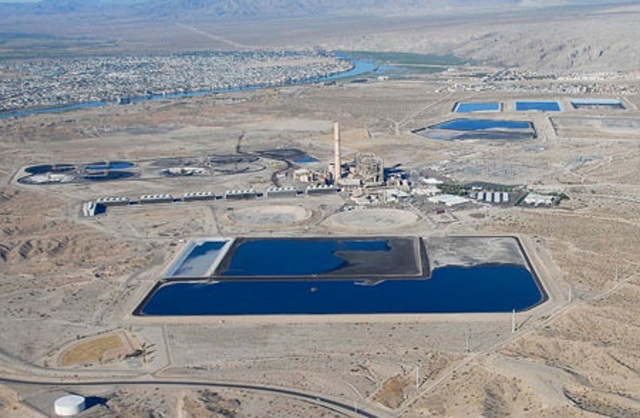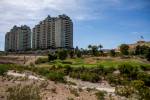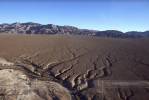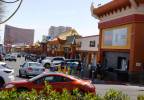Former home to the Mohave Generating Station in Laughlin up for sale
A trio of utility companies is trying to sell 2,000 acres of land in Laughlin, the quiet casino town 100 miles south of Las Vegas.
NV Energy, Southern California Edison and the Los Angeles Department of Water and Power have listed the property without an asking price and want to sell the entire site in one swoop.
The land – formerly home to the Mohave Generating Station, a coal-fired power plant that had a fatal explosion in 1985 and whose pollutants were suspected of tainting views at the Grand Canyon – has utility services and is zoned for “a variety of industrial and business uses,” according to marketing materials.
Brokerage firm CBRE Group, representing the sellers, announced the listing Tuesday.
Offerings this big have all but disappeared in the Las Vegas Valley but are more likely to hit the market in Clark County’s small-town outposts. Also, if a buyer steps up, the sales price would almost surely be a fraction of what investors pay in Las Vegas.
Laughlin, an unincorporated town of about 7,300, has a string of casinos along the banks of the Colorado River. Many of its visitors are bargain-hunting retirees who drive there in RVs.
Listing broker Keith Spencer of CBRE said the utility companies’ land is a “historic brownfield” with “a lot of good” but also “some issues that have to be taken care of.”
A cleanup isn’t needed, he indicated, nor are there health issues. But he said there are “solids,” or coal residuals, in designated containment areas that restrict potential development on portions of the land.
According to Spencer, builders couldn’t put swimming pools, ponds or other bodies of water on about 700 acres of the site. If some mishap occurred, he said, the water could carry solids elsewhere.
All told, development is “very doable” under certain parameters, he said.
The Mohave Generating Station opened in 1971. In June 1985, a reheat pipe exploded and sent high-pressure, superheated steam into the plant’s control room, according to the Los Angeles Times. Sixteen people were severely burned, and six of them died, the paper reported.
At one point, the U.S. Environmental Protection Agency reported that the power plant emitted up to 40,000 tons of sulfur dioxide per year, one of the largest sources in the western U.S. At the time, the EPA said it believed the plant contributed to “visibility impairment at the Grand Canyon.”
Conservation groups sued the plant’s owners because of the haze and other air pollution it was causing. In 1999, the owners agreed to a federal court order that required additional pollution cutbacks by the end of 2005, the Review-Journal reported.
Ultimately, the plant closed at the end of 2005, and its 500-foot-tall concrete smokestack was imploded in 2011.
Contact Review-Journal writer Eli Segall at 702-383-0342. On Twitter at @eli_segall




























